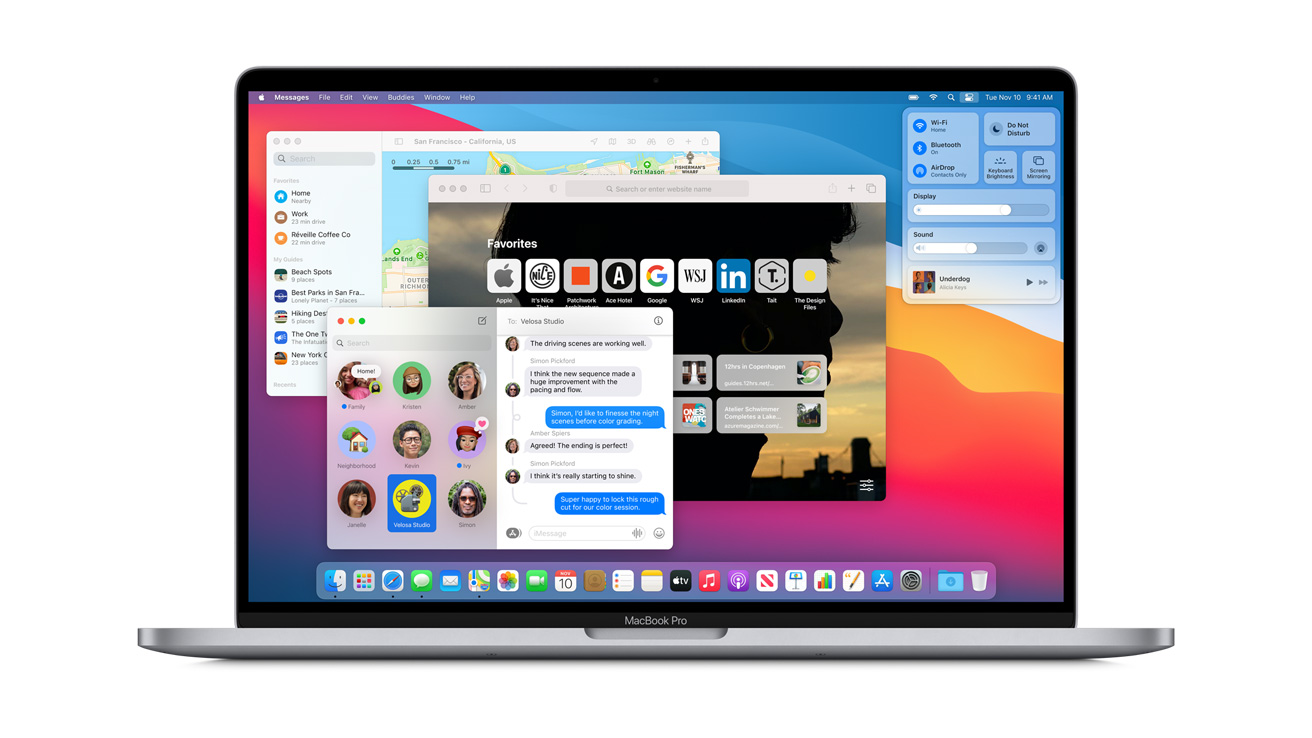Change The World Mac OS
By default, when you open up a new Terminal window in Mac OS X the command prompt displays a relatively long name:
I prefer to shorten this to a simple dollar sign ($) in order to free up space.
- Dynamic Desktops may be a feature that is new to macOS Mojave 10.14 and later, but prior versions of Mac OS and Mac OS X have long been able to use a similar feature that automatically changes the desktop picture background at a set time interval (for example, every 5 seconds, every hour, every day, etc).
- If your Dell laptop is running Windows OS, check the article section, where we explain how to change the cursor in Windows 10. If you’ve got an older version, the option names may differ and be.
One major difference between Old World ROM Macs and New World ROM Macs, at least in classic Mac OS, is that the Gestalt selector for the machine type is no longer usable; all New World ROM Macs use the same mach ID, 406 decimal, and the actual machine ID is encoded in the 'model' and 'compatible' properties of the root node of the Open Firmware.
To change your default command line prompt, follow these instructions:

1) Navigate to your home directory:
cd ~
Change The World Mac Os X
2) Create a file called .bash_profile
vi .bash_profile
3) Add the following line (press i)
export PS1='$ '
Change The World Mac Demarco
4) Save the file (press Escape, type :wq and hit Enter)
5) Restart Terminal
You should now see something like this:
There are other ways you can configure the command prompt (for example, showing the current time), but I prefer to keep it simple.
Change The World Mac Os 11
By default, when you open up a new Terminal window in Mac OS X the command prompt displays a relatively long name:
I prefer to shorten this to a simple dollar sign ($) in order to free up space.
To change your default command line prompt, follow these instructions:
1) Navigate to your home directory:
cd ~
2) Create a file called .bash_profile
vi .bash_profile
3) Add the following line (press i)
export PS1='$ '
4) Save the file (press Escape, type :wq and hit Enter)
5) Restart Terminal
You should now see something like this:
There are other ways you can configure the command prompt (for example, showing the current time), but I prefer to keep it simple.